Featured Plant: Tasty Tomato Tips by Janelle Deutsch
Years ago, I joined the Pine Lake Garden Club (PLGC) to learn about various plants and how to improve garden skills. As it turned out, the PLGC had an annual plant sale that May. It was suggested that members should participate, so I did. My entrepreneurial instincts guided me to plants that people liked to eat in the summer and tomatoes were at the top of my list. Unfortunately, my first attempts at growing tomatoes were only mediocre. My tomatoes were not overly sweet, and I was getting blossom-end rot, a disorder caused by a calcium imbalance that turns the blossom end of a tomato black. Luckily, I had a wonderful conversation with a Master Gardener about my tomato woes and she gave me some very sage advice. She told me to use the growing methods that indigenous people have used for centuries. Namely, dig a hole and put a dead fish in it and then plant the tomato in the same hole. She also told me to use some Epsom salt. The combination of the two provide nitrogen, phosphorus, calcium, potassium, magnesium and other good stuff for the tomato. Since she gave me that advice, I have used that growing method with great success. Here are my tips for growing tasty tomatoes.
In March select a sunny spot for your tomatoes and add calcium to the soil (e.g., eggshells, calcium spray such as Rot-Stop). Make sure the soil drains well and has plenty of compost in it.
In May, dig a deep hole in the calcium enriched soil and drop a small dead fish in it. I use fish parts that I purchase at the fish counter at the grocery store.
Put a thin layer of soil over the fish and then add ¼ cup of Epsom salt.
Add soil over the Epsom salt and then plant your tomato start. I use baby tomato plants that I started from seed indoors. I particularly like seeds from Johnny’s Selected Seeds.
Pack down the soil around the tomato plant and give it a good watering.
Over the summer, give your tomato plants some organic fertilizer. I use Dr. Earth Pump and Grow for tomatoes, vegetables and herbs. Use as directed.
Water the tomatoes on a regular basis.
I tie up my wandering tomato branches to a chicken wire fence that surrounds my garden. This allows the fruit to absorb the sun’s heat and ripen more quickly.
Avoid planting tomatoes in the same spot that was used the year before. It's best to rotate tomatoes to avoid soil fungus disease and insect pests. Diseases can build up in a spot if tomatoes are planted in the same place year after year. Insects can select a specific plant that is located in the same spot as well.
The tomato is the edible berry of the plantSolanum lycopersicum, commonly known as a tomato plant. The tomato is considered a fruit but some list it as a vegetable for nutritional reasons. The species originated in South America and Central America. During the Spanish conquest of the Aztec Empire, the Spanish brought the plant to Europe (similar to the introduction of the dahlia plant). From there, the tomato was made popular in other parts of the European-colonized world.
Tomatoes are a good source of vitamin C and the phytochemical lycopene. There are so many varieties and uses for tomatoes. Hopefully, with these tomato tips, you can grow tasty tomatoes that you will enjoy. Happy Gardening!
